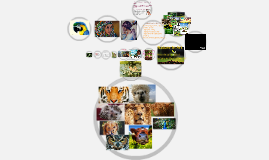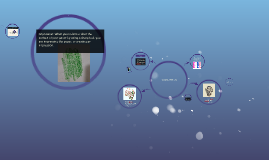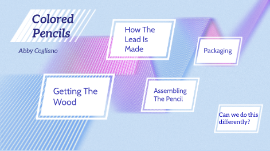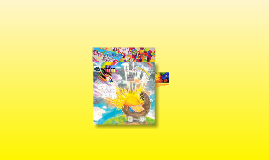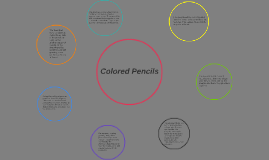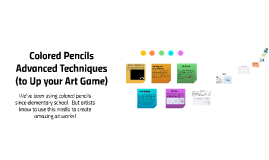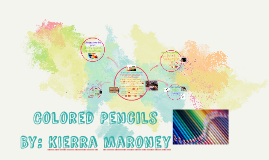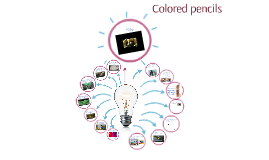Colored Pencils
Transcript: You will pick a singular subject for your drawing. This subject must be complex in form - Do not try to be skimpy! Not this! Colored Pencil areas will remain on white paper. You will place 2 other surfaces on your drawing paper to create a unique textured look, and to use charcoal and graphite for these surfaces. THINK: What other drawing surfaces would look good for my charcoal and graphite "pieces" of drawing. Think this! Book Pages Recycled Bags Newspaper Tissue Paper Receipts Ticket Stubs Event Programs You paper should be no smaller than 16x20 You will use a collaboration of: Charcoal (20-25%) Graphite (20-25%) Colored Pencil (50 - 60%) Let's Practice! Hatching and Cross-Hatching Hatching Burnishing Layering Incising Pressure Incising Cross Hatching: Cross hatching is the cousin to hatching, but instead of parallel lines, you form intersecting lines (hence the name). This technique is ideal for creating shading and texture. To ensure that your cross hatching will appear clean and precise, make sure you’ve got a sharp point on your pencil. Pencil Pressure Oil or Alchohol Say it with me: Layer, layer, layer. This is the key to getting vibrant colors and realistic shading. Pick a subject that is colorful and textured! This subject must interest you! Your Project Challenge: You will create a multi-media, multi-surface drawing! Oil or Alcohol How colored pencils can be used for fine art! You will incorporate all of the medias we have mastered this quarter to collaborate a drawing on a multi-media surface. Incising or indenting is a technique that allows you to make very thin, white lines within dark values. So cool! Layering Oil or Alcohol: Rubbing alcohol or baby oil can alter the appearance of your colored pencils. With a cotton swab, soak it in either one of the materials and rub it on your drawing. The effect will smear and blend the pigment. Burnishing Colored Pencils Advanced Techniques (to Up your Art Game) Burnishing: One of the most defining characteristics of colored pencil art is its smooth, waxy finish. To achieve this, try burnishing—apply thin layers of color with the back-and-forth technique. Continue this process until the paper has a noticeable sheen. You can also use a tortillion to help in this process. The pressure is on! On your pencil, that is. And how much makes a huge difference: A lighter pencil pressure results in a lighter color, of course, while a heavier hand gives you a dark, saturated hue. We've been using colored pencils since elementary school. But artists know to use this media to create amazing artworks!






